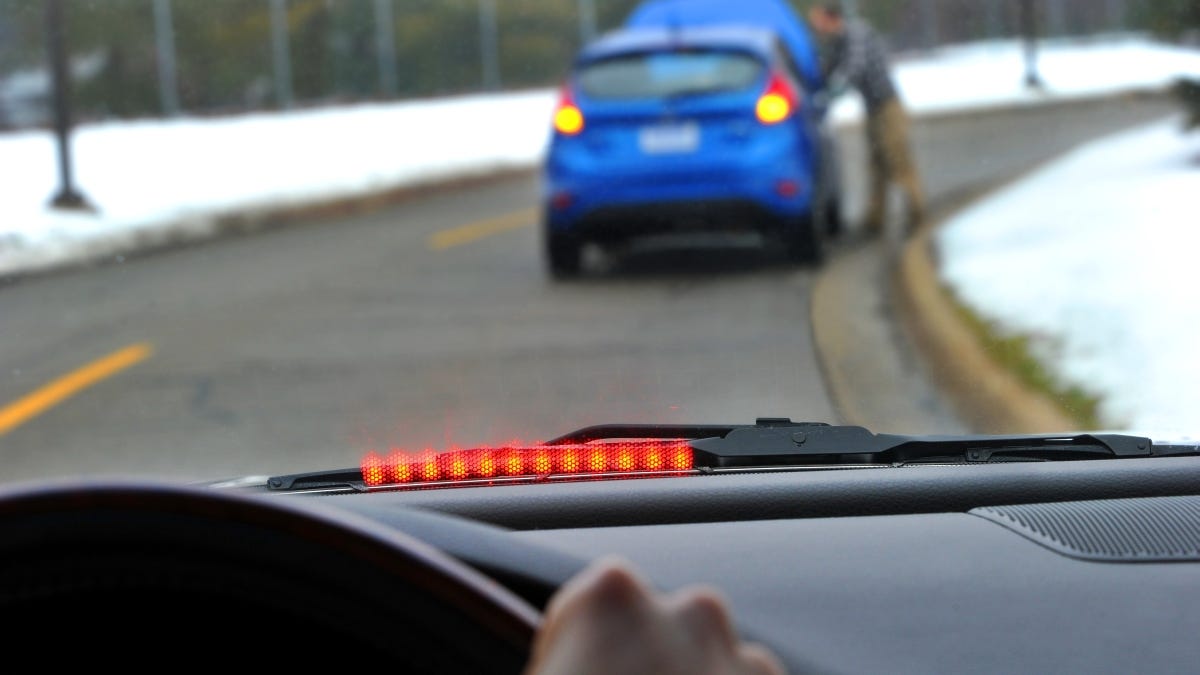Ford launching socially networked car safety initiative
Ford's new vehicle-to-vehicle communication initiative will involve a small fleet of cars testing communication protocols.

This spring Ford will be testing a fleet of cars around the country that communicate with each other. At what Ford calls "major technology hubs," it will use the vehicles to demonstrate vehicle to vehicle (V2V) communication technology designed to prevent accidents.
The concept of V2V communication is not new. Prototypes have been shown by various companies, such as Motorola, in which cars send out signals based on certain incidents, such as a breakdown or sudden, hard braking.
Ford's technology uses Wi-Fi, on a special channel designated by the FCC, that communicates specific conditions to any other cars within range. Cars receiving the signal respond with an appropriate warning to the driver.
For example, if a car is stalled, it sends that information down the road. Approaching cars could warn their drivers with a simple hazard light, or even indicate which lane to avoid. Ford also touts the technology for safety at blind intersections. Cars approaching an intersection send out a signal alerting other cars to their presence. If a driver can't see any other cars around, she would still get a warning light letting her know that another car is about to cross the intersection.
One cool thing about this technology is that nothing new needs to be invented. All the components are off-the-shelf. What still has to be worked out is a communication protocol, a common language that all cars can understand.
And V2V communication is useless if it is only used by one make of car. Ford is working with the Department of Transportation, which has been researching the technology through its Intelligent Transportation Systems program. Ford will give two of its prototype V2V Taurus models to the DOT for participation in research clinics.
Ford and GM also created a group called the Crash Avoidance Metrics Partnership (CAMP) to research this technology, increasing the likelihood of a common protocol for the two major U.S. automakers. CAMP intends to complete its research in 2013, paving the way for actual deployment.
Ford released this video demonstrating its V2V communication and other safety technologies.

